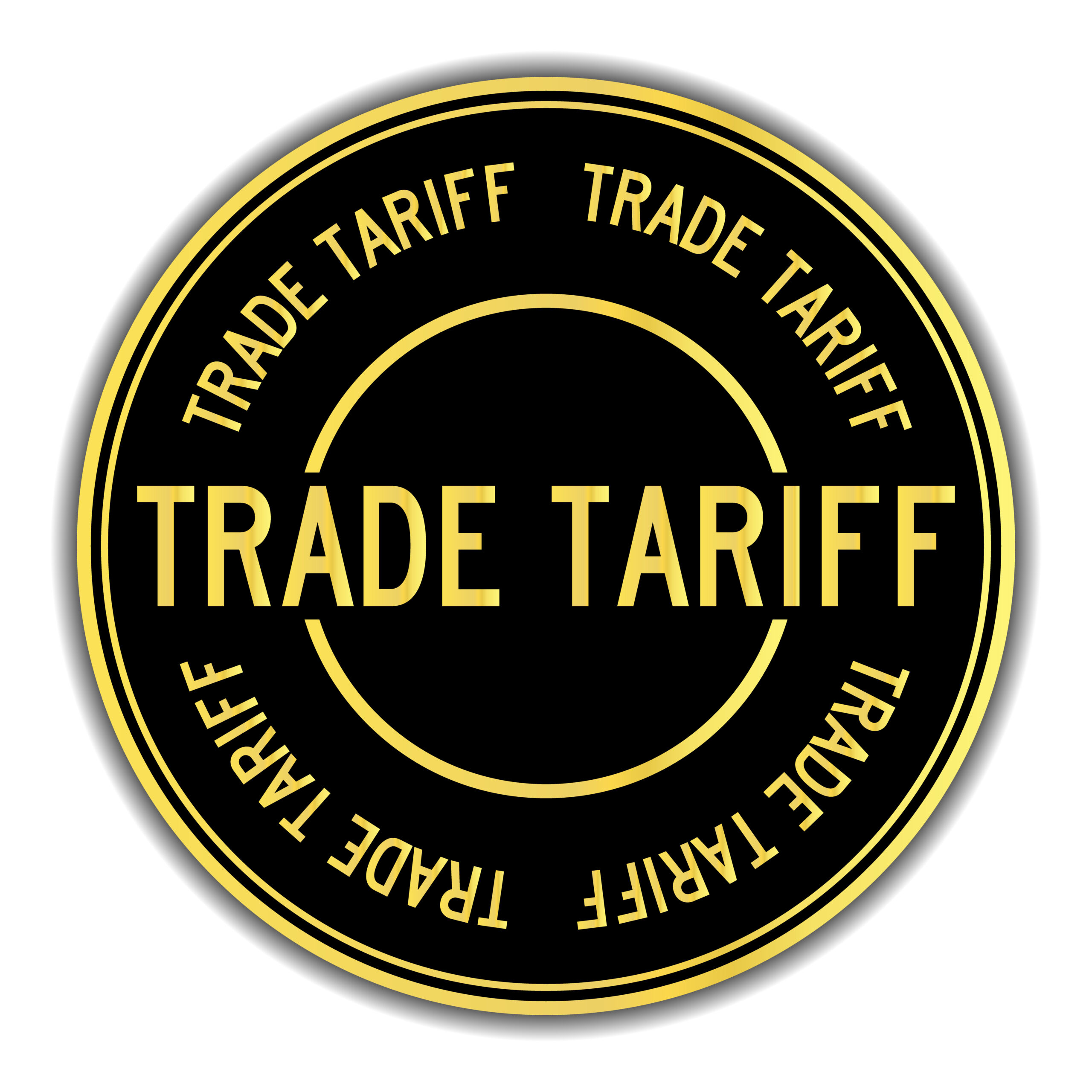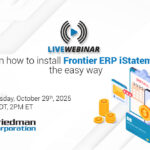
Recent changes to U.S. trade policy have left many manufacturers and distributors rethinking their inventory strategy. With new tariffs driving up the cost of imported materials, components, and finished goods, inventory control and real-time visibility are becoming more critical than ever. Businesses that can see what’s on hand, what’s in motion, and what’s needed next will be better positioned to maintain profitability despite rising costs.
The Latest on Tariffs and Their Impact
In October 2025, the U.S. announced new tariffs on imported trucks and parts, including a 25% rate on some commercial vehicles and a 10% rate on buses. These moves are part of a broader shift toward higher import duties that are expected to raise the effective U.S. tariff rate to nearly 16%, up sharply from just a few years ago.
In September, the Commerce Department launched a Section 232 investigation of robotics and industrial machinery imports. The equipment includes computer numerical control (CNC) machining centers, turning and milling machines, as well as grinding, deburring, stamping, and pressing machinery. Additional items under review include automatic tool changers, jigs and fixtures, and machine tools used for cutting, welding, and material handling.
While these policies aim to strengthen domestic manufacturing, they also increase operational costs for companies that rely on imported materials or subassemblies. Many small and mid-sized businesses are already reporting higher prices for inventory and more uncertainty around lead times.
For operations and supply chain leaders, the question becomes: how do you manage inventory efficiently in a world of fluctuating tariffs, costs, and supply disruptions?
Inventory Control as a Line of Defense
When tariffs raise the cost of goods, every inventory decision has a bigger impact on the bottom line. Companies must be proactive about how much inventory they hold, where they hold it, and when to replenish.
Key challenges include:
- Higher unit costs: Tariffs increase material and component prices, which raises inventory valuation and affects cash flow.
- Longer lead times: Import delays, new compliance requirements, and supplier changes extend delivery times, increasing the need for safety stock.
- Greater volatility: Shifts in trade policy or tariffs can happen quickly, requiring flexible planning and fast response.
A modern ERP system with integrated inventory control tools can assist in balancing these factors. Manufacturing ERP software like Frontier helps keep stock levels optimized, reducing carrying costs and maintaining service levels despite uncertainty.
Real-Time Visibility Keeps You Agile
In times of change, real-time visibility becomes a competitive advantage. By tracking inventory status, movements, and costs across your entire supply chain, your business can make smarter, faster decisions when tariffs impact sourcing or pricing.
ERP software with real-time tracking capabilities gives you:
- Instant insight into available stock across multiple locations and warehouses.
- Live updates on inbound and outbound shipments, including supplier and carrier performance.
- Accurate landed cost tracking, factoring in tariffs, freight, and duties.
- Predictive analytics that forecast shortages or excesses before they happen.
When combined with dashboards and automated alerts, this level of visibility helps teams adjust purchase orders, reroute materials, or shift production before delays or cost increases escalate.

Rethinking Procurement and Stocking Strategies
With tariffs raising costs, inventory control strategies must evolve:
- Review supplier mix: Diversify sourcing between domestic and global partners to reduce exposure to specific tariffs.
- Recalculate reorder points: Factor in new lead times and cost structures to avoid overstocking or shortages.
- Use data-driven forecasting: Apply real-time demand and cost data to purchasing decisions instead of relying solely on historical trends.
- Adopt vendor-managed inventory (VMI): Share real-time data with suppliers to keep stock levels balanced without overcommitting working capital.
These actions, supported by ERP automation, turn your inventory into a strategic asset. That being one that shields your operations from the ripple effects of trade policy shifts.
Turning Visibility into Profit Protection
The real goal of inventory control during a tariff cycle isn’t just to survive higher costs. It’s to protect margins through smarter operations. With real-time visibility, you can:
- Identify which products are most affected by tariff increases and adjust pricing quickly.
- Reduce dead stock and carrying costs by keeping only what’s needed.
- Improve cash flow by tightening inventory turns and reducing overbuying.
- Gain agility to move resources or production where costs are lowest.
ERP systems that integrate purchasing, inventory, and financial data give leaders the tools they need to make these decisions confidently and quickly.
Stay Ahead of Tariff-Driven Change
Tariff policies will continue to evolve, and no single strategy can prevent cost increases entirely. But companies that invest in advanced inventory control and real-time visibility can adapt faster, reduce risk, and keep operations steady even as global trade conditions shift.
Frontier ERP gives manufacturers and distributors the insight they need to manage inventory efficiently, minimize the impact of tariffs, and make smarter sourcing and production decisions in real time. To learn more, click the button below. If you’ll be attending GlassBuild 2025, stop by Booth #12041 and learn how Frontier ERP can help you manage your inventory more efficiently.






